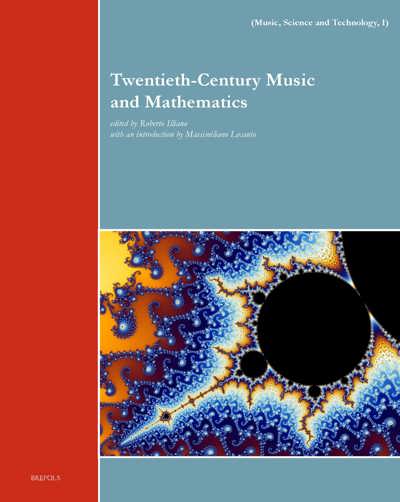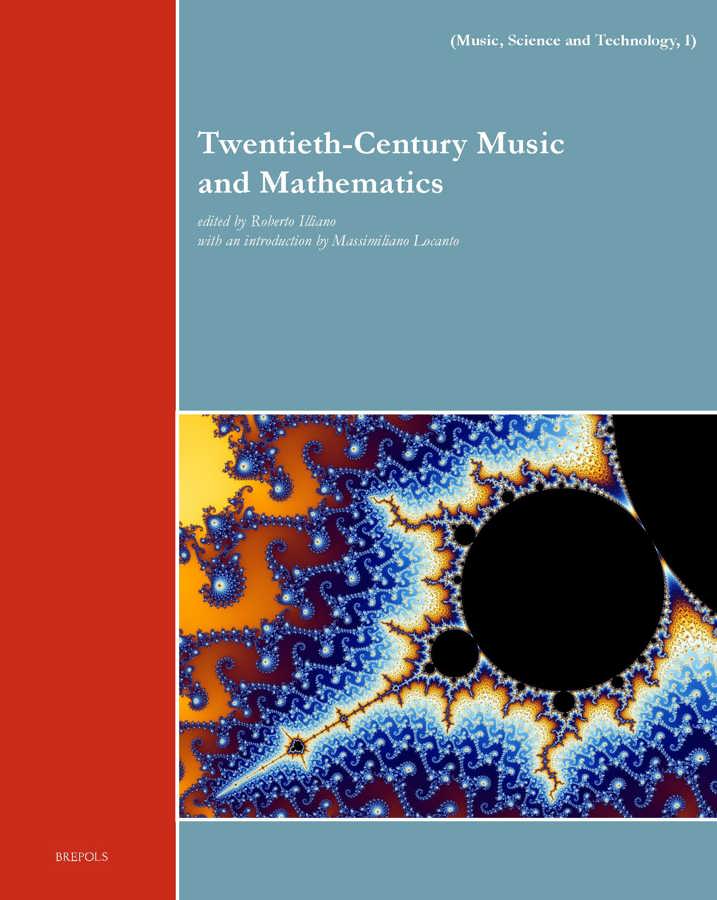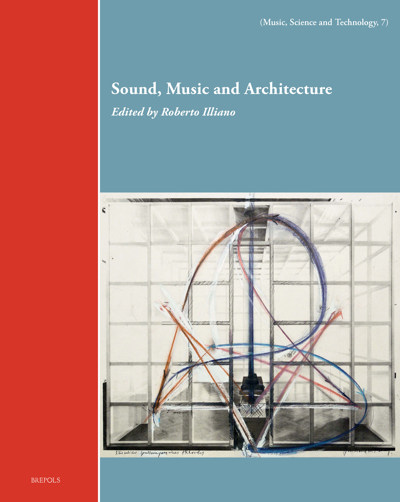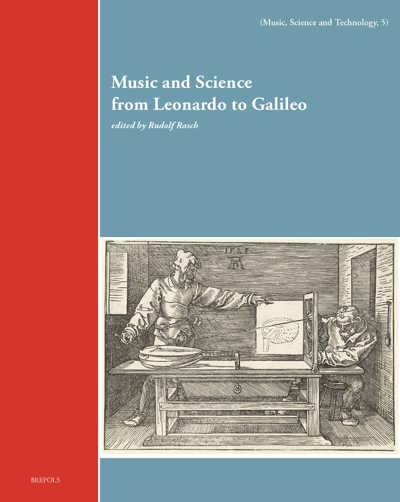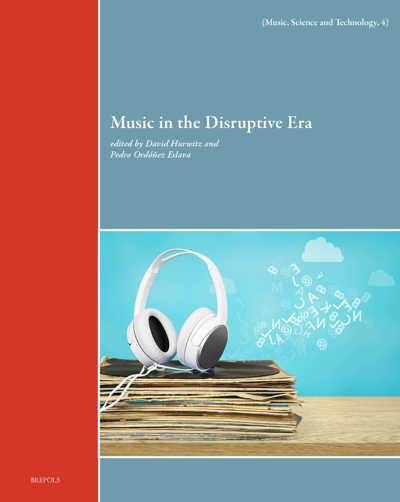
Twentieth-Century Music and Mathematics
Roberto Illiano (ed)
- Pages: xxxiii + 382 p.
- Size:216 x 280 mm
- Illustrations:Musical examples and figures
- Language(s):English, French, Italian
- Publication Year:2019
- € 120,00 EXCL. VAT RETAIL PRICE
- ISBN: 978-2-503-58570-3
- Hardback
- Available
The volume deals with the relationship between music and mathematics during the Twentieth Century
“Music and musical thought are infused with mathematical concepts. Any musician interested in mathematics should have Twentieth-Century Music and Mathematics in their personal library. The book is an impressive historical philosophical approach to the mathematics of music, covering the second half of the twentieth century and the beginning of the twenty-first, and shows how the role mathematics has had in music is continuing to evolve: Mathematics has progressively crept deeper and deeper into the technical depths of creation, understood both as the creation of musical works and as the creation of analytical-musical models (pp. xii–xiii).” (Paul Lombardi, in Notes, June 2023, p. 642)
ROBERTO ILLIANO is General Secretary of the Centro Studi Opera Omnia Luigi Boccherini (Lucca) and President of the Italian National Edition of Muzio Clementi’s Complete Works. He is a member of the scholarly committee of the Italian National Edition of Luigi Boccherini’s Complete Works. A founder of Ad Parnassum Journal, he has published a variety of writing on 19th- and 20th-century music, in particular on Luigi Dallapiccola and Italian music under the Italian fascism.
Music and mathematics have been connected since ancient times. During the twentieth century, however, many composers consciously started using many mathematical concepts, algebraic operations and theorems as bases for their creative processes. The first part of this volume deals with the relationship between music and mathematics in the music of composers such as Olivier Messiaen, Iannis Xenakis, Franco Evangelisti, Pierre Boulez, Arvo Pärt, Steve Reich and Philip Glass. A chapter is then dedicated to Spanish composers of the last forty years (Francisco Guerrero, Alberto Posadas, José María Sánchez-Verdú, Iluminada Pérez Frutos, Nuría Gimenez Comas, Helga Arias and José López Montes). The theme continues in the second part of the book through the examination of prominent theories (Neo-Riemannian theory, diatonic set theory, theory of musical kaleidocycles), the use of diagrams and charts in music, the algorithmic evolution of music, contemporary compositional practices inspired by mathematical concepts; it arrives at studies on double canons and trichords. We publish a philosophical study in order to ask what the future of the relationship between music and mathematics will be at the beginning of the 21st century. Includes an introduction by Massimiliano Locanto.
Roberto Illiano
Preface
Massimiliano Locanto
Music Composition, Mathematics, and the Modernist Legacy
Twentieth-Century Composers and Mathematics
Athanase Papadopoulos Messiaen et les mathématiques
Ronald Squibbs Xenakis’s Method of Stochastic Composition: A Brief Introduction
Peter Hoffmann «My Music Makes no Revolution»: Thoughts on the Role of Mathematics in the Work of Iannis Xenakis
Alessandro Mastropietro Simboli matematici nei titoli delle composizioni di Franco Evangelisti
C. Catherine Losada Boulez and Mathematics
Andrew Shenton 1 + 1 = 1: The Elengant Mathematics of Arvo Pärt’s Tintinnabulation
Joel Haack Mathematical Considerations of the Rhythmic Patterns in the Music of Steve Reich
Richard Cohn Glass Graphs
Pedro Ordóñez Eslava Ars combinatoria: poéticas del número en la composición española contemporánea (1980-2018). Breve antología inacabada
Music and Mathematics: Theories, Practices, Future
Henry Klumpenhouwer Neo-Riemannian Theory
Franck Jedrzejewski Graphes et diagrammes, l’en-deçà de la composition
Angelo Orcalli L’evoluzione algoritmica della musica. Omaggio a Jean-Claude Risset
José L. Besada Where Science-Based Music Comes From: Some Cognitive Remarks upon Contemporary Compositional Practices Inspired by Mathematical Concepts, Operations, and Objects
Richard Hermann On Near Maximally Even Set-Classes
Guerino Mazzola The Role of Mathematics for Music in Theory, Composition, and Performance
Luigi Verdi Due esempi di Chim(us)ica Dodici canoni tricordali e loro combinazioni. Caleidocicli e canoni ritmici
François Nicolas Du partage moderne/contemporain en mathématiques et en musique à la lumière de Fernando Zalamea (Philosophie systématique de la mathématique contemporaine)
Abstracts
Biographies
Index of Names
